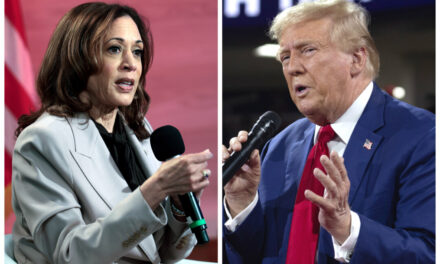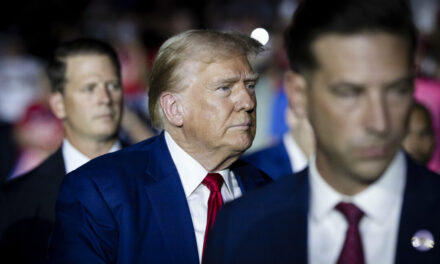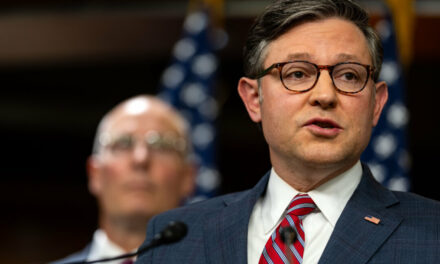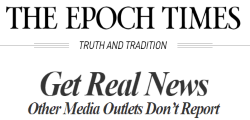We support our Publishers and Content Creators. You can view this story on their website by CLICKING HERE.
Ukrainian president has been rallying support ahead of the meeting.
Ukrainian President Volodymyr Zelenskyy is set to meet with President Joe Biden and Vice President Kamala Harris on Sept. 26, to present his so-called “victory plan”—a proposal for how he hopes to the Russia–Ukraine war will end.
Zelenskyy has been building anticipation for the release of his victory plan for weeks, as the full-scale conflict has dragged on for more than two-and-a-half years.
The Ukrainian leader has provided few early hints at the overall structure of this victory plan but said during a Sept. 20 press conference that parts of the plan depend on support from Washington and will involve a need for “quick decisions” by the United States and other Western nations that have supported Ukraine throughout the war.
Zelenskyy has indicated his victory plan may also require permission from the United States and other partner nations to allow Ukrainian forces to conduct long-range strikes inside Russian territory using Western-donated weapons systems.
Zelenskyy’s chief of staff on Tuesday also confirmed that the plan includes the security guarantee of NATO membership, which has been a principal demand of Kyiv, a key point of contention for Moscow—and a point of skepticism from many Western allies, including the United States.
The Ukrainian president has already made repeated requests for permission to conduct such long-range strikes, but the Biden administration has only permitted limited strikes inside Russian territory that target forces directly supporting Russian attacks inside Ukraine.
Zelenskyy’s planned meeting with Biden and Harris is part of a larger visit to the United States to rally international support.
He spoke at the United Nations Security Council on Sept. 24, and again before the U.N. General Assembly in New York City on Sept. 25, where he denounced the 2022 Russian invasion of Ukraine and called on the international community to support peace terms favored by Kyiv.
Addressing the General Assembly, Zelenskyy urged U.N. members not to push Ukraine to accept a “frozen truce instead of real peace.”
He also said peace must include assurances to stop Russian forces from threatening Ukraine’s nuclear power industry or other parts of Ukraine’s energy grid as a means of forcing Ukrainian capitulation.
Additionally, Zelenskyy said peace must require Russia to return any captured Ukrainians and withdraw its forces from Ukraine’s internationally recognized boundaries.
Ahead of their meeting to discuss the plan, Biden hosted Zelenskyy and other world leaders at a Sept. 25 event announcing new efforts to support Ukrainian reconstruction efforts.
Biden said this reconstruction effort would draw from Russian assets seized by the United States and other international actors since 2022.
The president said the United States and other nations would retain control over frozen Russian assets “until Russia ends its aggression and pays for the damages caused.”
The Ukrainian president has indicated he intends to present his plan to former President Donald Trump, who alongside Harris, is vying to become the next U.S. president.
Nevertheless, Trump may prove less receptive to the proposal than the current administration.
Throughout his comments about the Ukraine war, Trump has placed less emphasis on continuing to flow arms and funding to Ukraine and more focus on negotiating a quick end to the conflict.
Vance said Trump might also accept a deal that allows Ukraine to retain its independence in exchange for a commitment that the North Atlantic Treaty Organization (NATO) will not accept the eastern European country within its ranks.
Republican vice presidential nominee Sen. JD Vance speaks at the Van Andel Arena in Grand Rapids, Mich., on July 20, 2024. Madalina Vasiliu/The Epoch Times
The Ukrainian president said Vance’s proposal was “too radical,” and would “make Ukraine shoulder the costs of stopping the war by giving up its territories.”
“The facility was in a politically contested battleground state, was led by a top political surrogate for Kamala Harris, and failed to include a single Republican because—on purpose—no Republicans were invited.
“The tour was clearly a partisan campaign event designed to help Democrats and is clearly election interference,” Johnson wrote.

 Conservative
Conservative  Search
Search Trending
Trending Current News
Current News 







